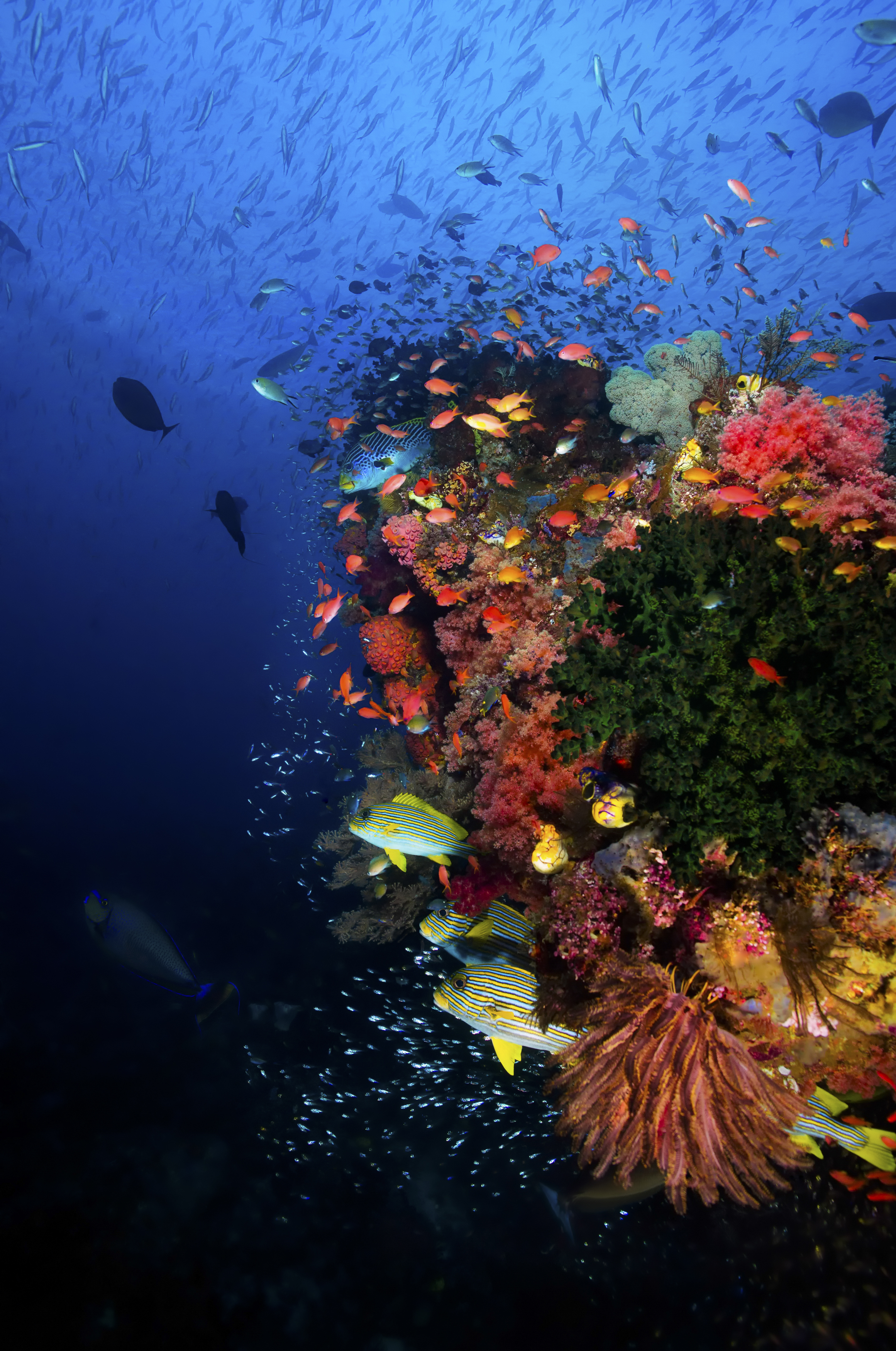Abstract
Notes about isolation of Flexibacter sp. strains in reared turbot in a fish farm (NW Spain).
Vasquez-Branas, M.
In: Aquaculture and the Environment. (Eds. De Pauw, N., Joyce, J.), Spec. Publ. Eur. Aquacult. Soc., Bredene.
14
314-315
1991
The fish pathogenic myxobacteria are one of the most fastidious bacterial groups to a fish farm. There are many references citing heavy mortalities caused by primary or secondary infections derived from myxobacterial agents. One of the most important genera is undoubtedly Flexibacter: species of great pathological interest are F. maritimus and F. columnaris. The monitoring of several mortalities affecting turbot fry and juveniles (average weight 150 g) in a marine fish farm in Ferrol-La Coruna (NW Spain) early 1991 conducted to a primary isolation of two species initially identified as Flexibacter sp. A later confirmative diagnosis showed that these should be cited as Cytophaga marina (formerly Flexibacter maritimus, similar to the isolated strain from sole and Shewanella hanedai). Samples of liver, skin, gills, kidney, and fins were taken from sick turbot that showed apparent ulcerative lesion symptoms, respiratory distress and loss of appetite. High densities of Flexibacteria colonies were recovered from disturbed fish gills. On the basis of their phenotypic traits, the pathogens were identified as Cytophaga and Flexibacter. All the isolates produced distinguished colonies with the specific cultural characters of those genera.
Cambridge Scientific Abstracts
